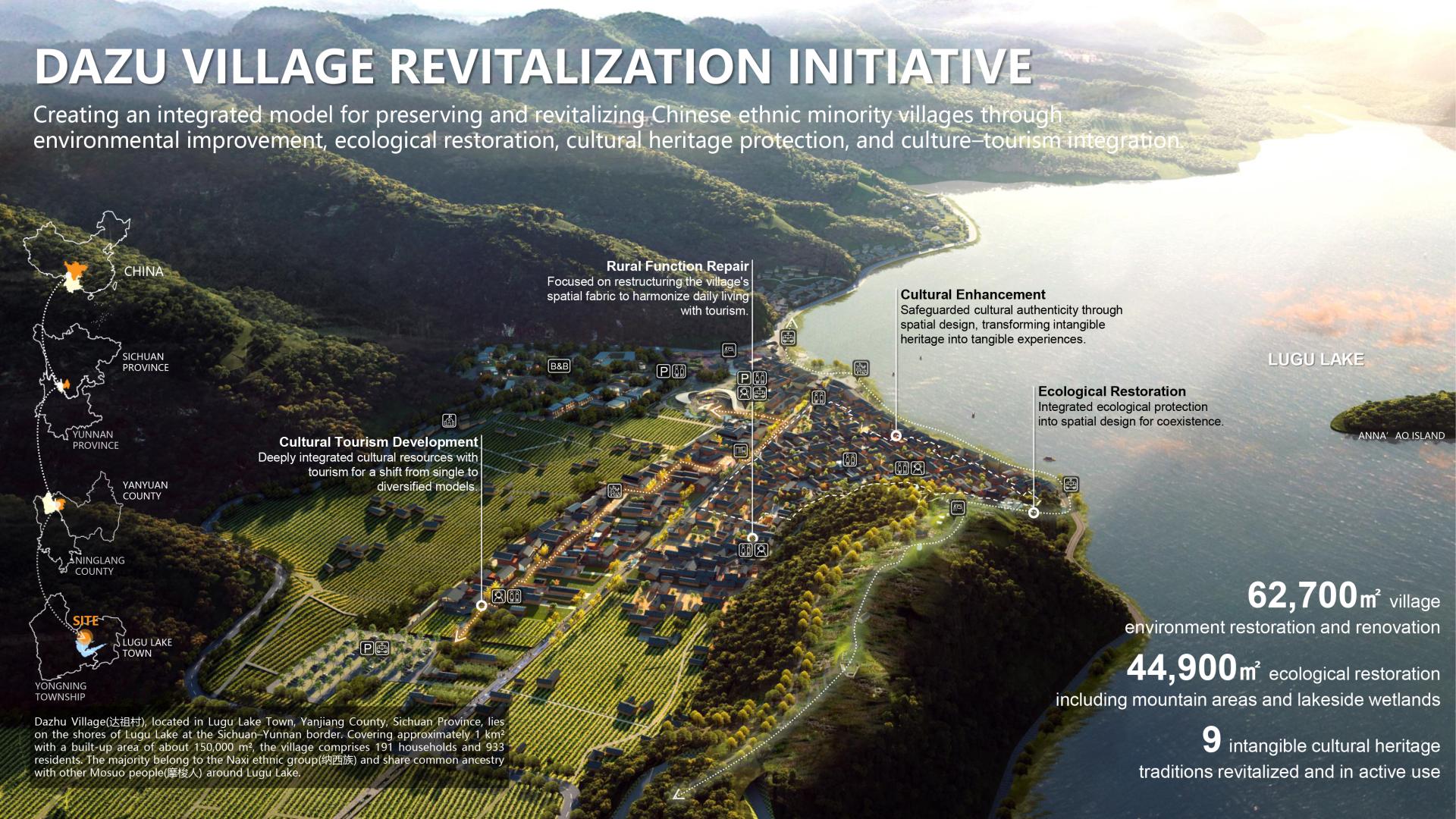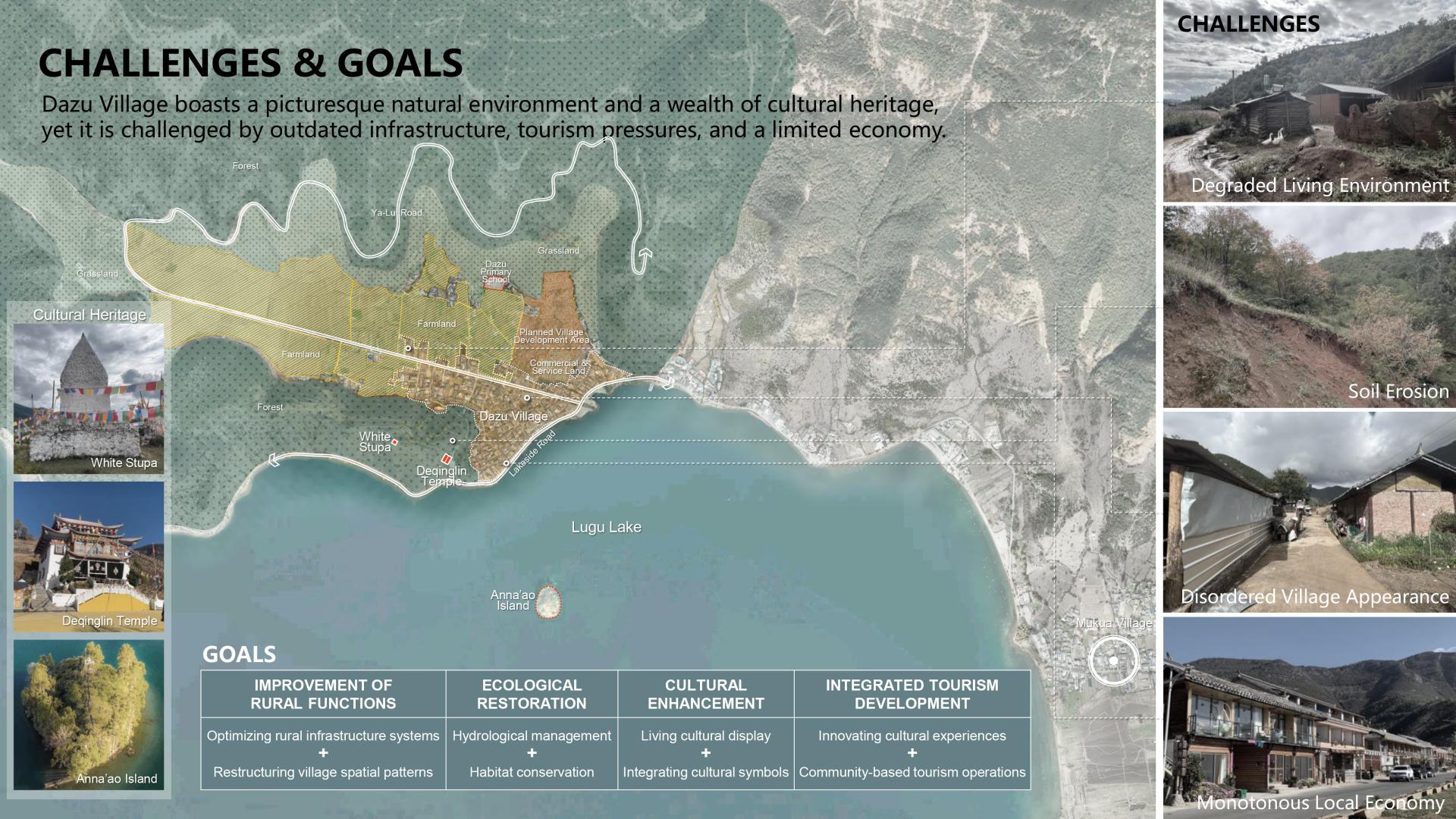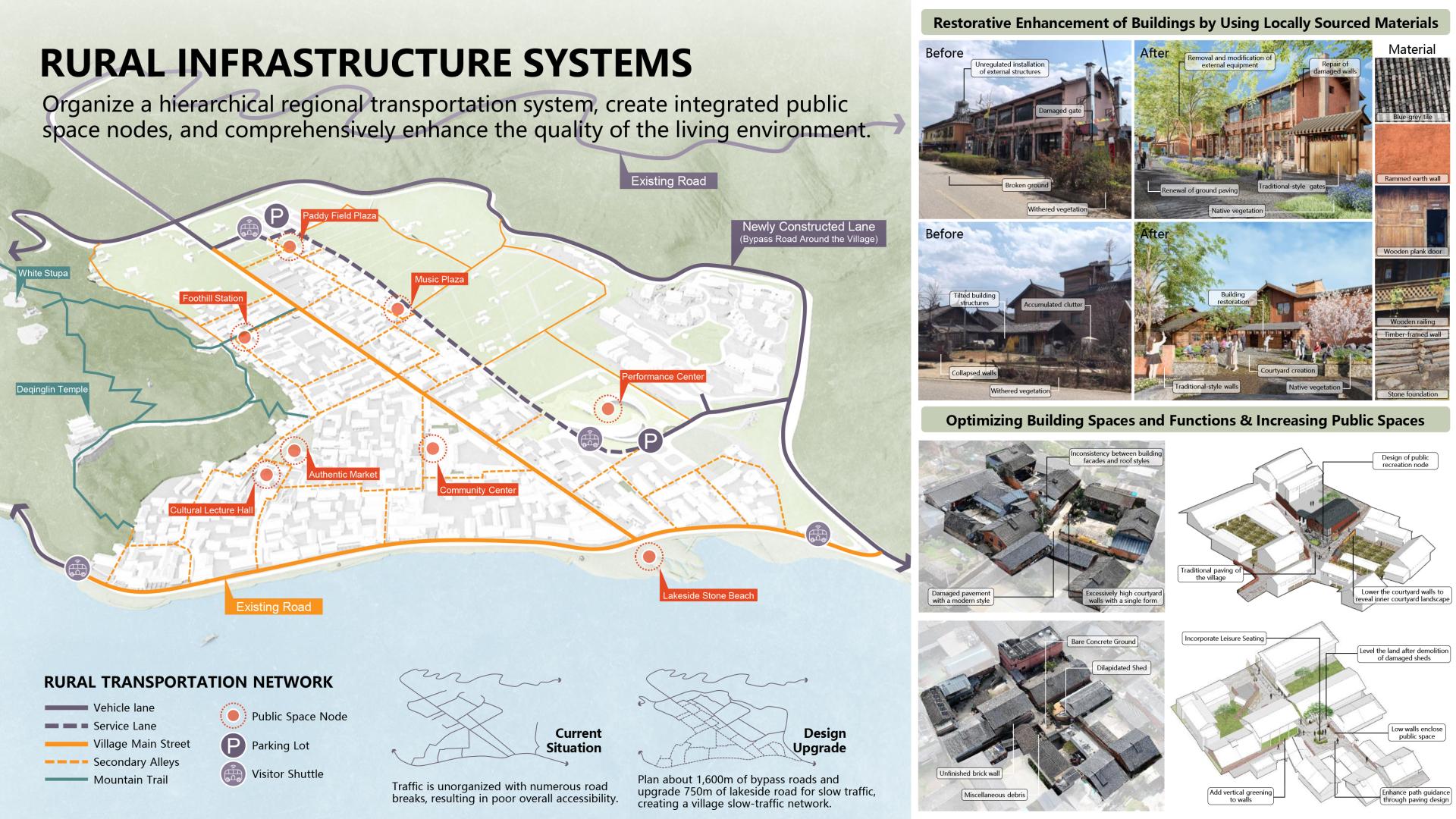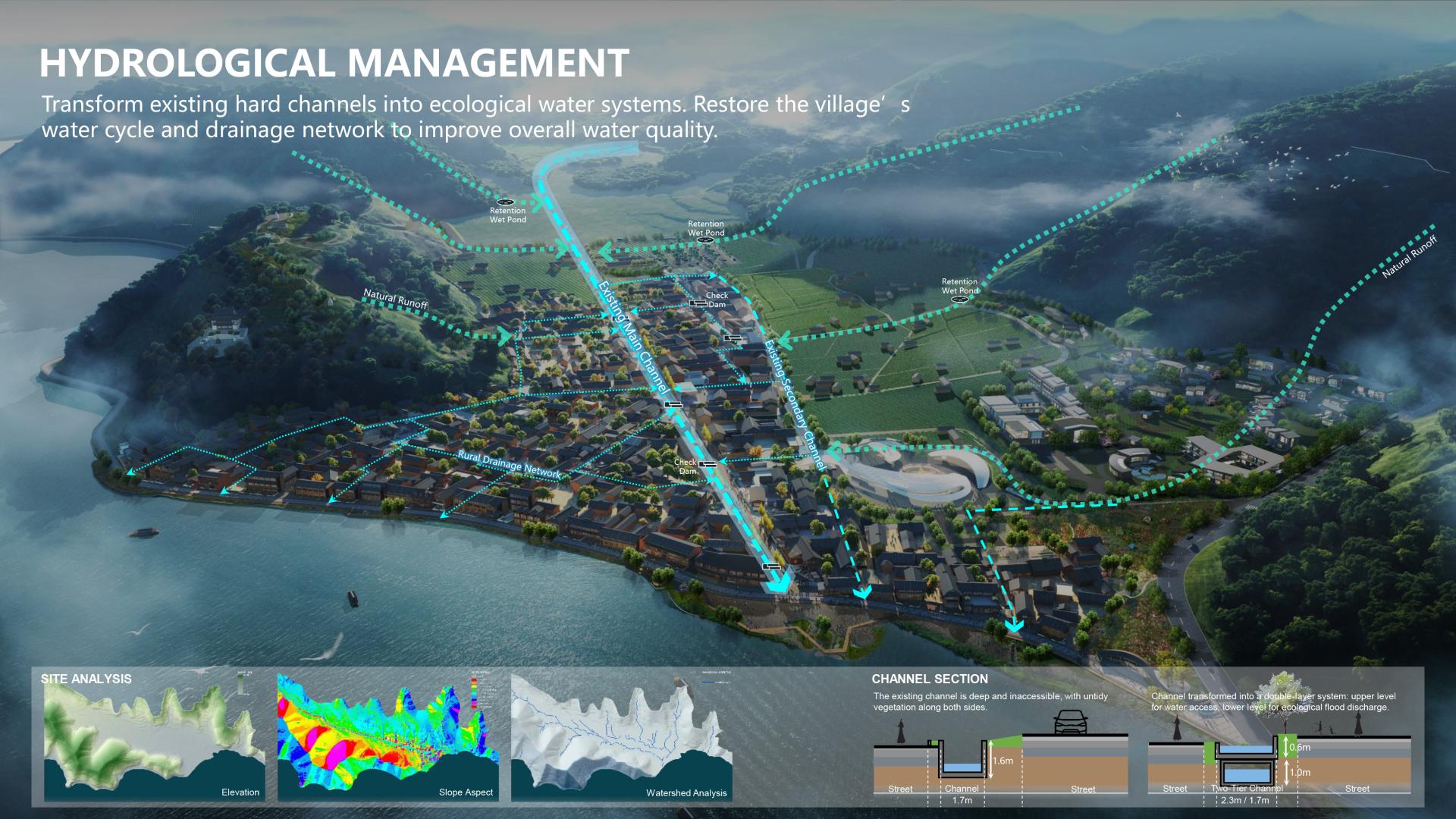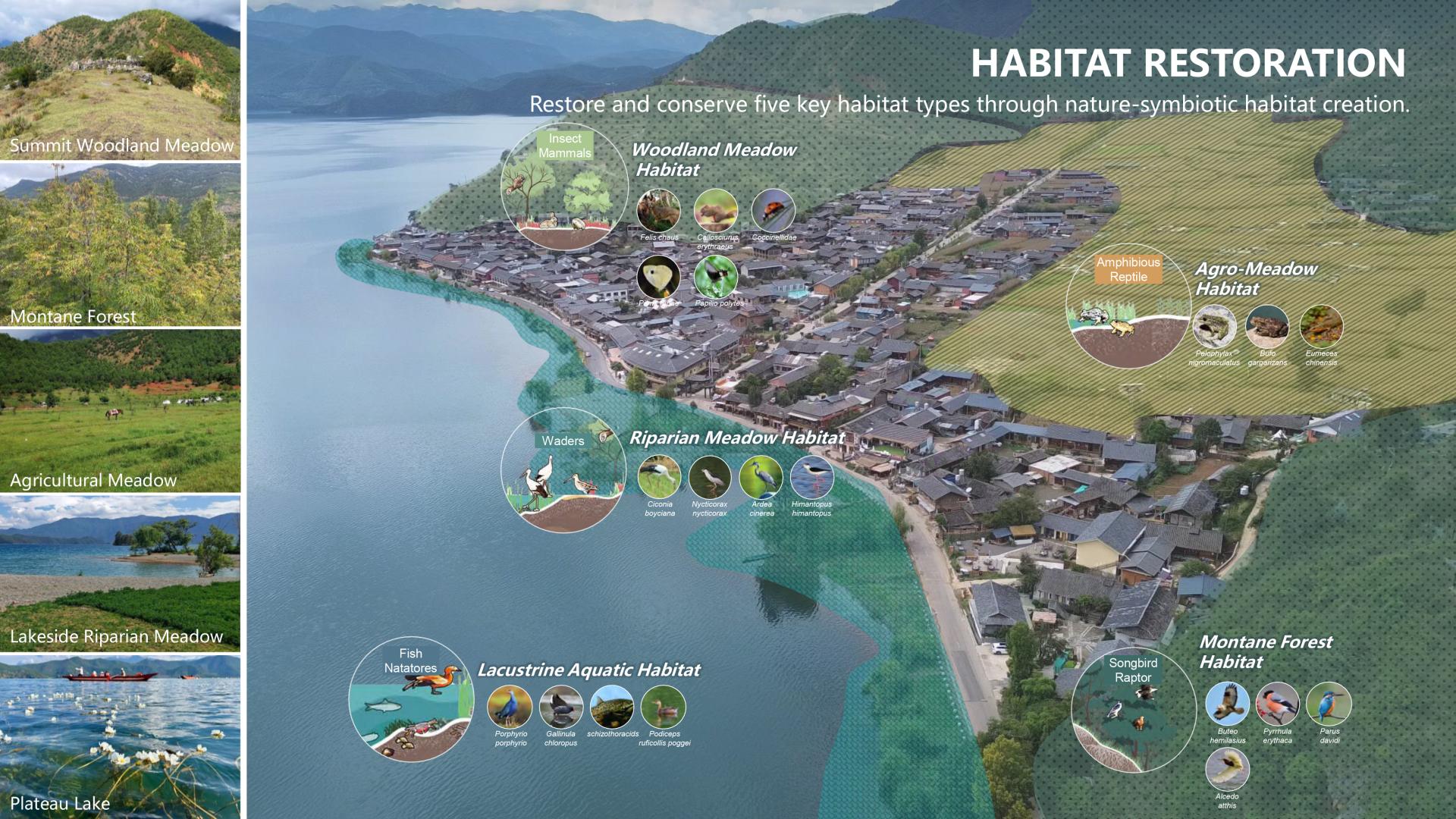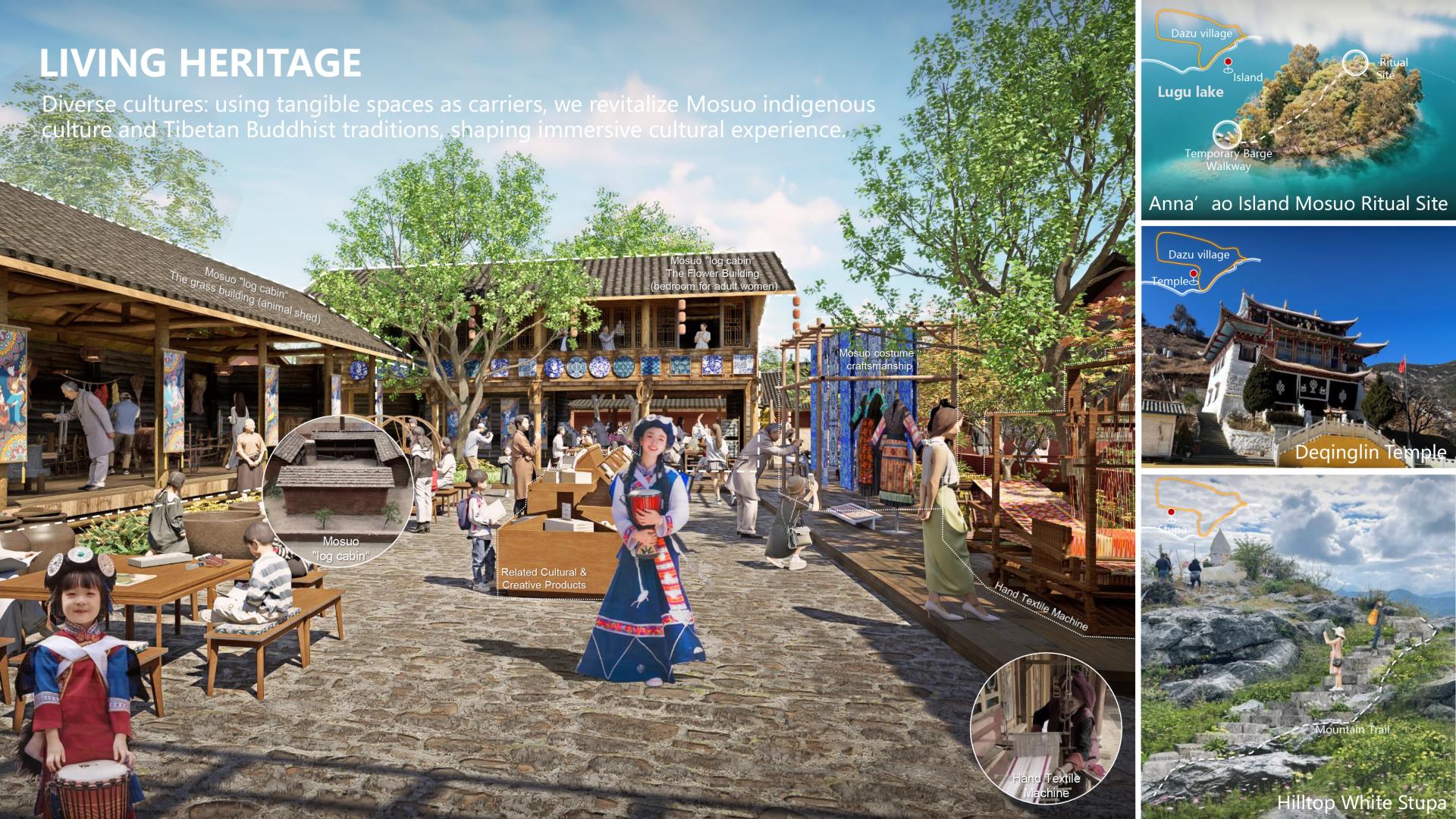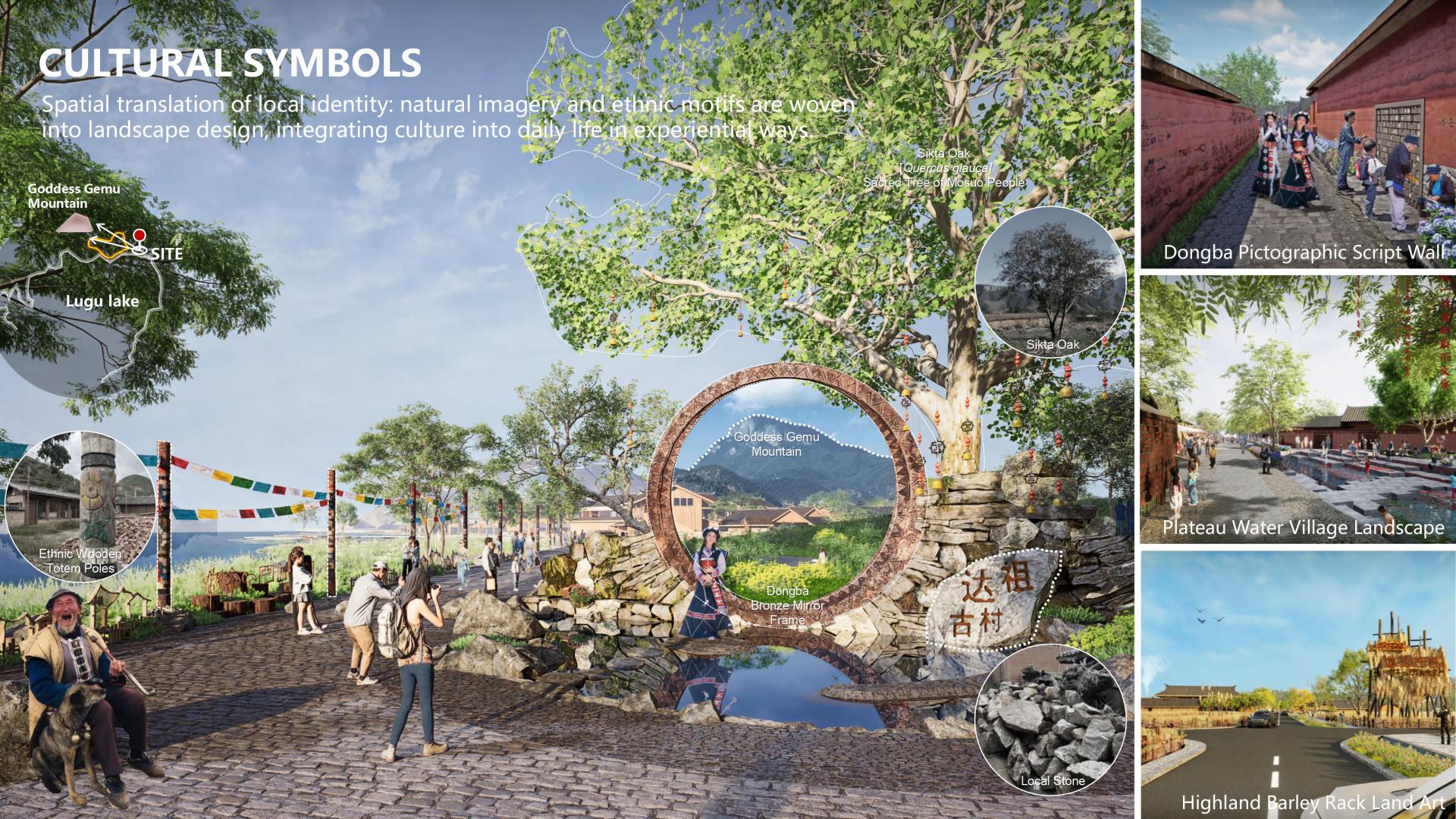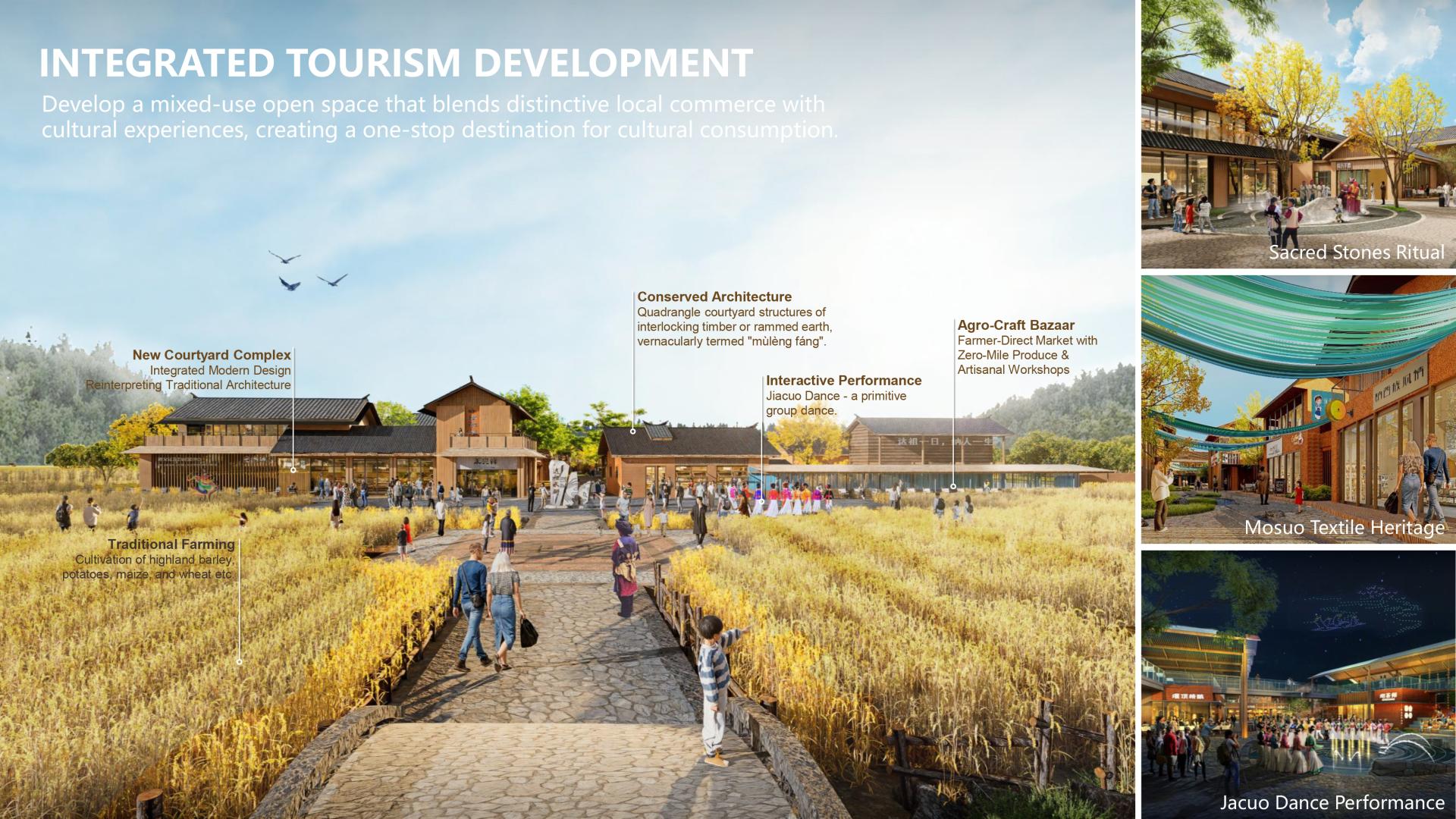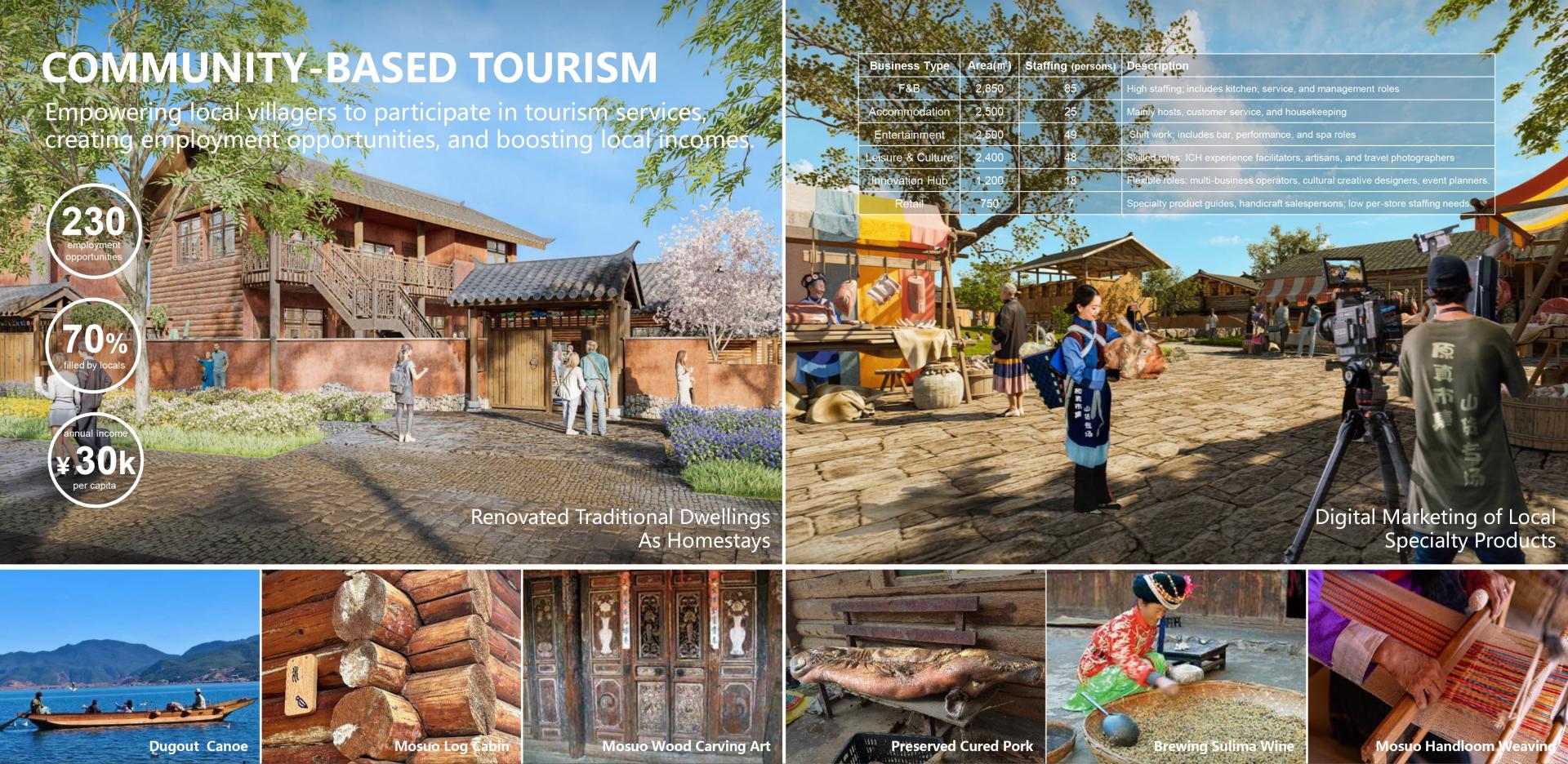2025 | Professional
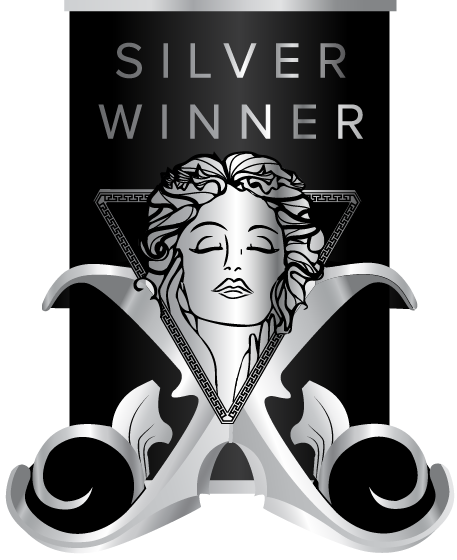
Dazu Village Revitalization Initiative
Entrant Company
China Southwest Architectural Design and Research Institute Co., Ltd
Category
Landscape Design - Rural Design
Client's Name
Sichuan Zhongxin Tourism Resources Development Co., Ltd
Country / Region
China
Background
Dazu Village, located in Lugu Lake Town, Yanyuan County, Sichuan Province, sits on the shores of Lugu Lake at the Sichuan–Yunnan border. It is the largest Naxi village around the lake and retains distinctive Mosuo cultural traits. With its stunning natural scenery and rich cultural heritage, the village holds strong potential for integrated ecological, cultural, and tourism development.
Challenges
The village faces environmental degradation, soil erosion, outdated infrastructure, and disrupted architectural character. Its economy relies heavily on seasonal tourism, with a limited and unsustainable industrial structure.
Vision
The project aims to create a revitalization model for ethnic minority villages that integrates ecological restoration, cultural heritage preservation, and tourism development—achieving a sustainable balance between environment, culture, and economy.
Key strategies
The project advances through four key strategies—ranging from infrastructure enhancement to ecological restoration, cultural integration, and tourism development—holistically improving environmental quality, cultural vitality, and economic resilience.
Rural Infrastructure
Improve the transportation network; restore traditional streets and architecture using local materials; preserve the timber structures of Mosuo dwellings; repurpose vacant buildings into visitor facilities; and create ecological public spaces with native plantings.
Ecological Restoration
Transform concrete drainage channels into ecological waterways to restore natural hydrological cycles and improve water quality; rehabilitate five key habitats—forest, meadow, alpine lake, wetland, and farmland—to boost biodiversity and resilience.
Cultural Preservation
Integrate Mosuo, Naxi, and Tibetan Buddhist cultural elements into spatial design; create immersive cultural spaces to sustain living heritage; and weave natural and ethnic imagery into everyday landscapes for tangible, participatory, and inheritable experiences.
Cultural–Tourism Integration
Combine the matrilineal courtyard layout with contemporary design; curate local product sales and immersive cultural experiences; and promote community-run homestays, markets, and tourism services, generating 230 jobs (70% for locals) and raising per capita income to RMB 30,000, fostering a self-sustaining rural economy.
Credits
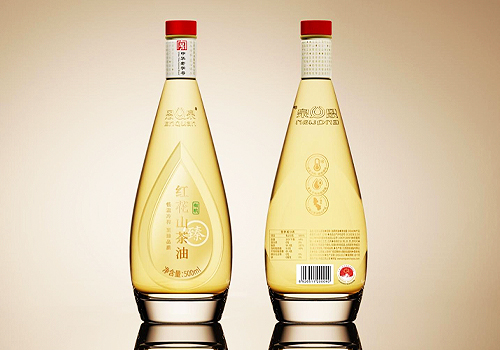
Entrant Company
YuDian Design Co., Ltd
Category
Packaging Design - Prepared Food

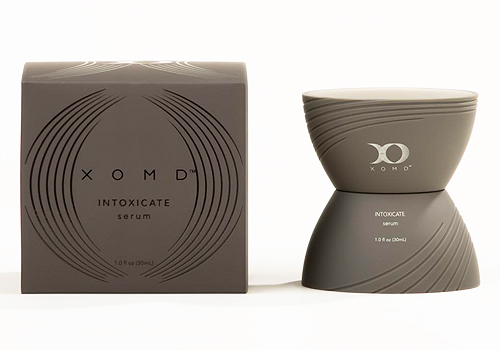
Entrant Company
XOMD®
Category
Packaging Design - Beauty & Personal Care


Entrant Company
Huang Miao Chen
Category
Interior Design - Residential

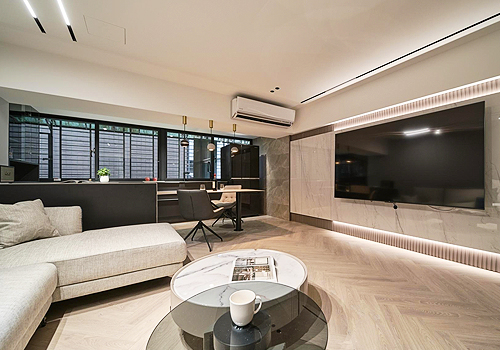
Entrant Company
Jing space
Category
Interior Design - Renovation

